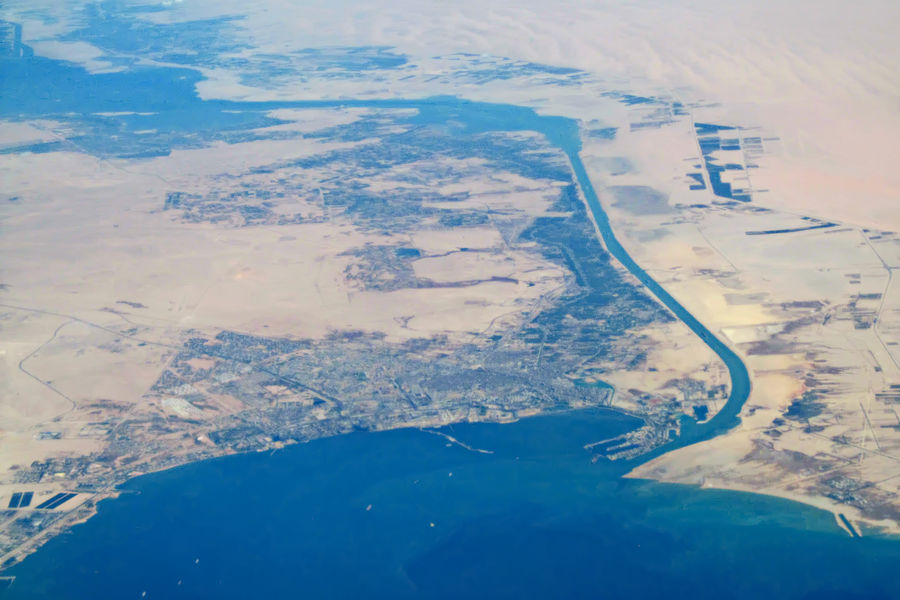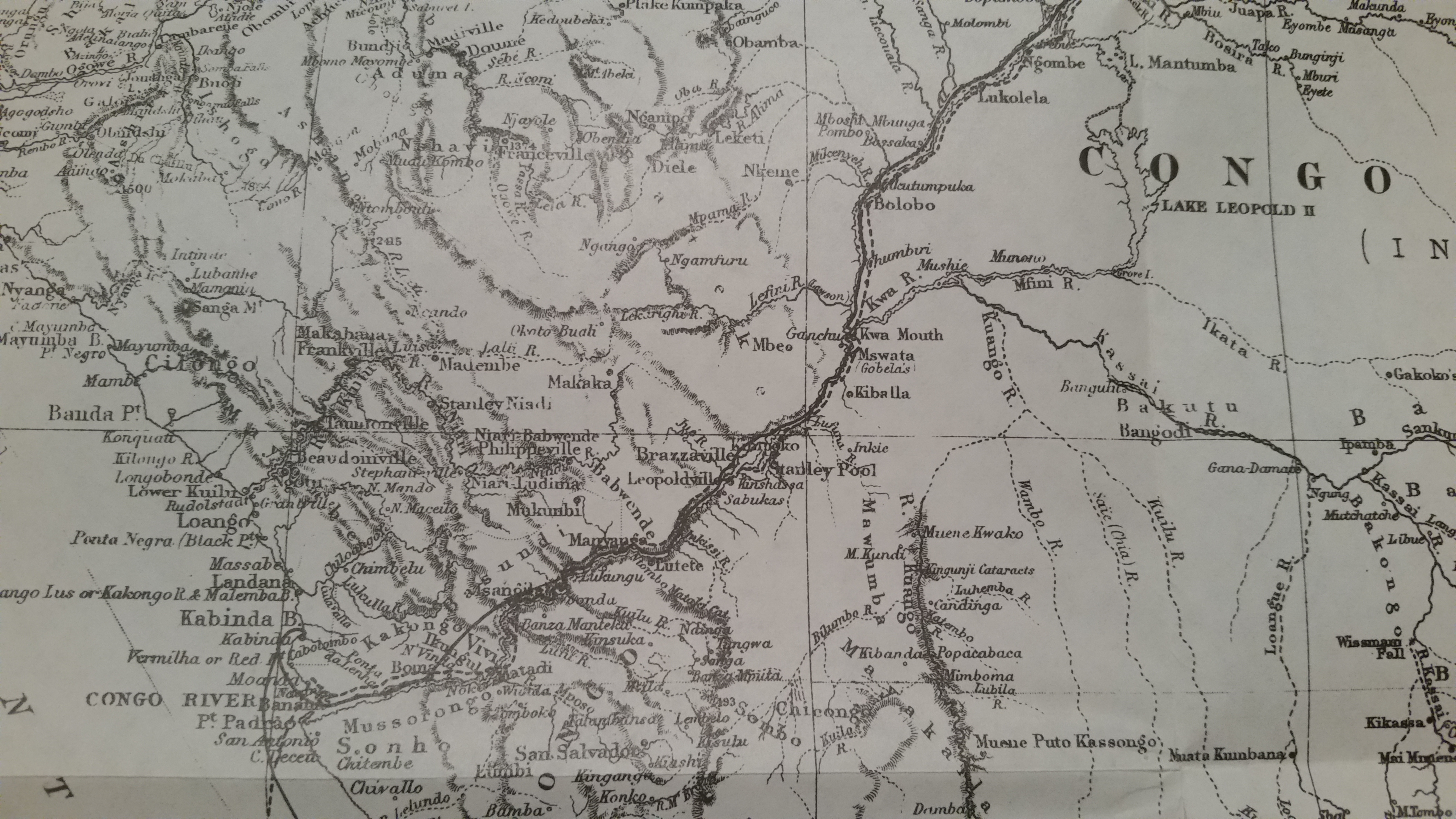|
Atlantropa
Atlantropa, also referred to as Panropa, was a Macro-engineering, gigantic engineering and colonisation idea that Germany, German architect Herman Sörgel devised in the 1920s, and promoted until his death in 1952. The proposal included several Hydroelectricity, hydroelectric dams at key points on the Mediterranean Sea, such as the Strait of Gibraltar and the Bosporus, to cause a sea level drop and land reclamation, reclaim land. Design The central feature of the Atlantropa proposal was to build a hydroelectricity, hydroelectric dam across the Strait of Gibraltar, which would have generated enormous amounts of hydroelectricity and would have led to the lowering of the surface of the Mediterranean Sea by as much as , opening up large new areas of land for settlement, such as in the Adriatic Sea. Four other major dams were also proposed: * Across the Dardanelles to hold back the Black Sea * Between Sicily and Tunisia to provide a roadway and to lower the inner Mediterranean fur ... [...More Info...] [...Related Items...] OR: [Wikipedia] [Google] [Baidu] |
Herman Sörgel
Herman Sörgel (2 April 1885 – 25 December 1952) was a German architect from Bavaria. He was known for popularizing the Atlantropa project, a massive construction project which was conceived initially as a solution to Europe's economic and political problems during the early 20th century. Atlantropa included proposals for dams to be built across the Strait of Gibraltar, the Dardanelles, and between Sicily and Tunisia. The dams would provide hydroelectric power and would be managed by a newly formed independent body with the authority to discontinue energy to any country which threatened peace. Sörgel actively promoted his ideas until his death in 1952. Early life Hans Otto Herman Sörgel was born in Regensburg, Bavaria, Germany, in 1885 to Johann Hans Ritter von Sörgel and Cäcilie Sörgel née Unterholzner. His father was a trained engineer who was involved in the construction of the Walchensee Hydroelectric Power Station. and for which he was given a personal enoblement ... [...More Info...] [...Related Items...] OR: [Wikipedia] [Google] [Baidu] |
Macro-engineering
In engineering, macro-engineering (alternatively known as mega engineering) is the implementation of large-scale design projects. It can be seen as a branch of civil engineering or structural engineering applied on a large landmass. In particular, macro-engineering is the process of marshaling and managing of resources and technology on a large scale to carry out complex tasks that last over a long period. In contrast to conventional engineering projects, macro-engineering projects (called macro-projects or mega-projects) are multidisciplinary, involving collaboration from all fields of study. Because of the size of macro-projects they are usually international. Macro-engineering is an evolving field that has only recently started to receive attention. Because we routinely deal with challenges that are multinational in scope, such as global warming and pollution, macro-engineering is emerging as a transcendent solution to worldwide problems. Macro-engineering is distinct from M ... [...More Info...] [...Related Items...] OR: [Wikipedia] [Google] [Baidu] |
Strait Of Gibraltar
The Strait of Gibraltar is a narrow strait that connects the Atlantic Ocean to the Mediterranean Sea and separates Europe from Africa. The two continents are separated by 7.7 nautical miles (14.2 kilometers, 8.9 miles) at its narrowest point. Ferries cross between the two continents every day in as little as 35 minutes. The Strait's depth ranges between . The strait lies in the territorial waters of Morocco, Spain, and the British overseas territory of Gibraltar. Under the United Nations Convention on the Law of the Sea, foreign vessels and aircraft have the freedom of navigation and overflight to cross the strait of Gibraltar transit passage, in case of continuous transit. Names and etymology The name comes from the Rock of Gibraltar, which in turn originates from the Arabic (meaning "Tariq's Mount"), named after Tariq ibn Ziyad. It is also known as the Straits of Gibraltar, the Gut (coastal geography), Gut of Gibraltar (although this is mostly archaic), the STROG (STRait Of ... [...More Info...] [...Related Items...] OR: [Wikipedia] [Google] [Baidu] |
Mediterranean Sea
The Mediterranean Sea ( ) is a sea connected to the Atlantic Ocean, surrounded by the Mediterranean basin and almost completely enclosed by land: on the east by the Levant in West Asia, on the north by Anatolia in West Asia and Southern Europe, on the south by North Africa, and on the west almost by the Morocco–Spain border. The Mediterranean Sea covers an area of about , representing 0.7% of the global ocean surface, but its connection to the Atlantic via the Strait of Gibraltar—the narrow strait that connects the Atlantic Ocean to the Mediterranean Sea and separates the Iberian Peninsula in Europe from Morocco in Africa—is only wide. Geological evidence indicates that around 5.9 million years ago, the Mediterranean was cut off from the Atlantic and was partly or completely desiccation, desiccated over a period of some 600,000 years during the Messinian salinity crisis before being refilled by the Zanclean flood about 5.3 million years ago. The sea was an important ... [...More Info...] [...Related Items...] OR: [Wikipedia] [Google] [Baidu] |
Map Of The Atlantrop Projekt En
A map is a symbolic depiction of interrelationships, commonly spatial, between things within a space. A map may be annotated with text and graphics. Like any graphic, a map may be fixed to paper or other durable media, or may be displayed on a transitory medium such as a computer screen. Some maps change interactively. Although maps are commonly used to depict geographic elements, they may represent any space, real or fictional. The subject being mapped may be two-dimensional such as Earth's surface, three-dimensional such as Earth's interior, or from an abstract space of any dimension. Maps of geographic territory have a very long tradition and have existed from ancient times. The word "map" comes from the , wherein ''mappa'' meant 'napkin' or 'cloth' and ''mundi'' 'of the world'. Thus, "map" became a shortened term referring to a flat representation of Earth's surface. History Maps have been one of the most important human inventions for millennia, allowing humans t ... [...More Info...] [...Related Items...] OR: [Wikipedia] [Google] [Baidu] |
Lake Chad
Lake Chad (, Kanuri language, Kanuri: ''Sádǝ'', ) is an endorheic freshwater lake located at the junction of four countries: Nigeria, Niger, Chad, and Cameroon, in western and central Africa respectively, with a catchment area in excess of . It is an important wetland ecosystem in West-Central Africa. The lakeside is rich in reeds and swamps, and the plain along the lake is fertile, making it an important irrigated agricultural area. The lake is rich in aquatic resources and is one of the important freshwater fish producing areas in Africa. Lake Chad is divided into deeper southern parts and shallower northern parts. The water source of the lake mainly comes from rivers such as the Chari River that enter the lake. The water level varies greatly seasonally, and the area of the lake also changes dramatically. During the African humid period, the lake's area reached . Due to the increasingly arid climate, the lake surface gradually shrank. In the 19th century, it still had an are ... [...More Info...] [...Related Items...] OR: [Wikipedia] [Google] [Baidu] |
Sahara
The Sahara (, ) is a desert spanning across North Africa. With an area of , it is the largest hot desert in the world and the list of deserts by area, third-largest desert overall, smaller only than the deserts of Antarctica and the northern Arctic. The name "Sahara" is derived from , a broken plural form of ( ), meaning "desert". The desert covers much of North Africa, excluding the fertile region on the Mediterranean Sea coast, the Atlas Mountains of the Maghreb, and the Nile, Nile Valley in Egypt and the Sudan. It stretches from the Red Sea in the east and the Mediterranean in the north to the Atlantic Ocean in the west, where the landscape gradually changes from desert to coastal plains. To the south it is bounded by the Sahel, a belt of Tropical and subtropical grasslands, savannas, and shrublands, semi-arid tropical savanna around the Niger River valley and the Sudan (region), Sudan region of sub-Saharan Africa. The Sahara can be divided into several regions, including ... [...More Info...] [...Related Items...] OR: [Wikipedia] [Google] [Baidu] |
Suez Canal
The Suez Canal (; , ') is an artificial sea-level waterway in Egypt, Indo-Mediterranean, connecting the Mediterranean Sea to the Red Sea through the Isthmus of Suez and dividing Africa and Asia (and by extension, the Sinai Peninsula from the rest of Egypt). The canal is a key trade route between Europe and Asia. In 1858, French diplomat Ferdinand de Lesseps formed the Suez Canal Company, Compagnie de Suez for the express purpose of building the canal. Construction of the canal lasted from 1859 to 1869. The canal officially opened on 17 November 1869. It offers vessels a direct route between the Atlantic Ocean#North Atlantic, North Atlantic and northern Indian Ocean, Indian oceans via the Mediterranean Sea and the Red Sea, avoiding the South Atlantic and southern Indian oceans and reducing the journey distance from the Arabian Sea to London by approximately , to 10 days at or 8 days at . The canal extends from the northern terminus of Port Said to the southern terminus of Port ... [...More Info...] [...Related Items...] OR: [Wikipedia] [Google] [Baidu] |
Red Sea
The Red Sea is a sea inlet of the Indian Ocean, lying between Africa and Asia. Its connection to the ocean is in the south, through the Bab-el-Mandeb Strait and the Gulf of Aden. To its north lie the Sinai Peninsula, the Gulf of Aqaba, and the Gulf of Suez—leading to the Suez Canal. It is underlain by the Red Sea Rift, which is part of the Great Rift Valley. The Red Sea has a surface area of roughly , is about long, and wide at its widest point. It has an average depth of , and in the central Suakin Trough, it reaches its maximum depth of . Approximately 40% of the Red Sea is quite shallow at less than deep and about 25% is less than deep. The extensive shallow shelves are noted for their marine life and corals. More than 1,000 invertebrate species and 200 types of soft and hard coral live in the sea. The Red Sea is the world's northernmost tropical sea and has been designated a Global 200 ecoregion. Extent The International Hydrographic Organization defines the limi ... [...More Info...] [...Related Items...] OR: [Wikipedia] [Google] [Baidu] |
Pacifism
Pacifism is the opposition to war or violence. The word ''pacifism'' was coined by the French peace campaigner Émile Arnaud and adopted by other peace activists at the tenth Universal Peace Congress in Glasgow in 1901. A related term is ''ahimsa'' (to do no harm), which is a core philosophy in Hinduism, Buddhism, and Jainism. While modern connotations are recent, having been explicated since the 19th century, ancient references abound. In modern times, interest was revived by Leo Tolstoy in his late works, particularly in '' The Kingdom of God Is Within You''. Mahatma Gandhi propounded the practice of steadfast nonviolent opposition which he called " satyagraha", instrumental in its role in the Indian independence movement. Its effectiveness served as inspiration to Martin Luther King Jr., James Lawson, Mary and Charles Beard, James Bevel, Thích Nhất Hạnh,"Searching for the Enemy of Man", in Nhat Nanh, Ho Huu Tuong, Tam Ich, Bui Giang, Pham Cong Thien. ''Dialog ... [...More Info...] [...Related Items...] OR: [Wikipedia] [Google] [Baidu] |
Kasai River
The Kasai River (, ; called Cassai in Angola) is a left bank tributary of the Congo River, located in Central Africa. The river begins in central Angola and flows to the east until it reaches the border between Angola and the Democratic Republic of the Congo, where it turns north and serves as the border until it flows into the DRC. From Ilebo, between the confluences with Lulua river and Sankuru river, the Kasai river turns to a westerly direction. The lower stretch of the river, from the confluence with Fimi river until it joins the Congo at Kwamouth northeast of Kinshasa, is also known as the Kwa(h) River. The Kasai basin consists mainly of equatorial rainforest areas, which provide an agricultural land in a region noted for its infertile, sandy soil. It is a tributary of Congo river and diamonds are found in it. Around 60% of diamonds in Belgium go from Kasai river for cutting and shaping. Exploration Henry Morton Stanley reached the confluence on 9 March 1877, calli ... [...More Info...] [...Related Items...] OR: [Wikipedia] [Google] [Baidu] |






